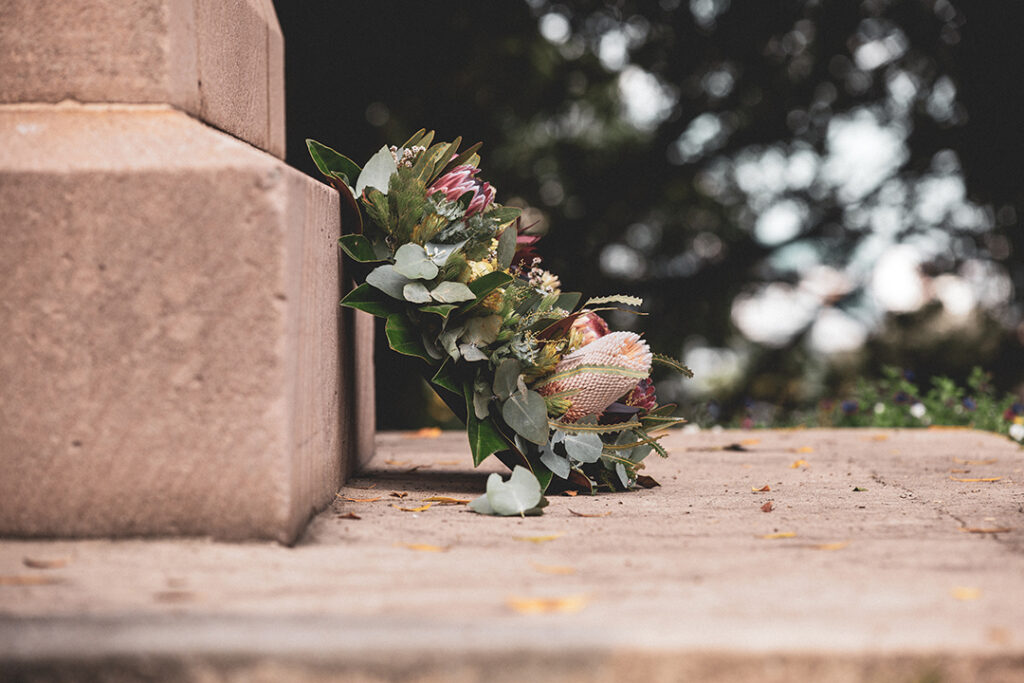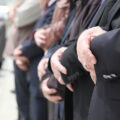Death and religion in a secularising Europe
Death and religion in a secularising Europe
Rituals relating to death are shifting in secularising Europe. This article unpicks the cultural changes regarding death and religion.
Religion is strongly affiliated with death. Not only do religious communities teach about life after death, but they also manage many death-related rituals such as burials and funerals. In many European countries, however, citizens are becoming less and less religious, at least with regard to institutional religiousness.[1] This article finds out how the culture of death has changed during the past years and what the future of death-related rituals may look like.
Secularisation, individualisation, and the alienation of death
While European culture has become more secular, it has also become more individualistic. Whereas in the last decades it was relatively rare to plan your own funeral in advance, today it has become a popular activity even among young people.[2] By planning the music in the service, the burial method, and even the colour of the coffin, people may aim to influence their life after death and thus gain a sense of control of something that is ‘out of our control’.[3] [4]
Moreover, by planning one’s own funeral, death might feel easier to accept and understand.[5] From the 1960s onwards, death has somewhat ‘disappeared’ from our everyday life behind the closed doors of hospitals. Thereby, not all people have even seen a dead body.[6] Death has, in other words, become alien to us. According to professionals, thinking about our own death and planning the funeral is beneficial for us: it will not only make death more apprehensible but controversially, give meaning to the present moment, the life itself.
Death and religion in secular societies
One of the most visible changes regarding the culture of death is the transition of funerals. In recent years, funeral services have begun to remind more and more of the personality of the deceased. For instance, coffins and urns are decorated in many ways: if the deceased liked to spend time in their summer cottage, a photo of the cottage might be painted on the side of the coffin.[7]
In our digitalised age, and especially since the COVID-19 pandemic, streaming funerals for wider audiences and relatives living far away has also become mainstream.[8] [9] In religiously and culturally plural societies, it has also become more common to hold funeral and memorial services without a religious element. Secular funerals include a ceremony which does not have to be as formal as in religious funerals.[10] [11]
The question of cemeteries
Amidst secularisation, there is also an emerging need to modernise cemeteries and storage facilities for the deceased. In some European countries, such as the Nordic ones, cemeteries are owned and managed by the national churches.[12] This may marginalise the non-religious deceased and set them in an unequal position as they are not always welcomed on the church premises, for instance.
Indeed, in recent years, there has been a debate over who should own the ‘public’, yet church-owned cemeteries.[13] For instance, in Finland, new ‘religiously open’ facilities are to be built for storing and saying goodbye to the deceased in the cemetery owned by the Evangelical Lutheran Church of Finland.[14] Even though the idea of the new facilities is inclusive, not all citizens have supported them. Some right-wing politicians have argued that they do not accept becoming the “taxpayers” of “Islamic rituals.”[15]
The plural future?
In the future, non-religious practices regarding death are likely to become more common in secularising Europe. When religiosity decreases, religious traditions and rituals may be questioned more frequently – especially since the trend has been to personalise funeral and memorial services to remember the deceased and their values.
Another change may concern cemeteries and the overall pluralistic shift in European countries. As shown in this article, not all changes happen without opposition. It is to be hoped that cultural atomisation and hate speech will not increase while our societies turn more secular but also more plural in terms of religion and death.
Our team of analysts conducts research on topics relating to religion and society. Find out their relationships on the EARS Dashboard.
Sources
[1] Furseth, I., & Repstad, P. (2006). An introduction to the sociology of religion: classical and contemporary perspectives. Ashgate. https://doi.org/10.4324/9781315262642.
[2] Toivomalla saa haluamansa hautajaiset – jo alle kolmekymppiset räätälöivät omia hautajaisiaan
[3] Ibid.
[4] Hautajaisten viettotavat monipuolistuvat
[5] Ibid.
[6] Katja Lampinen antoi pusun isänsä otsalle vielä arkulla – kuolemantutkija ei pakottaisi ketään katsomaan vainajaa
[7] Design hiipi hautajaisiin – tällainen on huippumuotoilijan ruumisarkku
[8] Ibid.
[9] Korona kiilaa kirkon verkkoon: jumalanpalveluksiin ei asiaa – striimit hautajaisista yleistyvät vauhdilla
[10] Uskonnottomien hautajaisten suosio kasvaa Suomessa
[12] Nordh, H., House, D., Westendorp, M., Maddrell, A., Wingren, C., Kmec, S., McClymont, K., Jedan, C., Priya Uteng, T., Beebeejaun, Y., & Venbrux, E. (2021). Rules, Norms and Practices – A Comparative Study Exploring Disposal Practices and Facilities in Northern Europe. OMEGA – Journal of Death and Dying, 0(0). https://doi.org/10.1177/00302228211042138
[14] Helsinkiin rakennetaan uudet tilat kuolleiden säilytykseen ja hyvästelyyn – Malmilla omaiset voivat pestä vainajan
[15] ”Makaaberi farssi” – Perussuomalaisia syytettiin kuolleiden syrjinnästä






